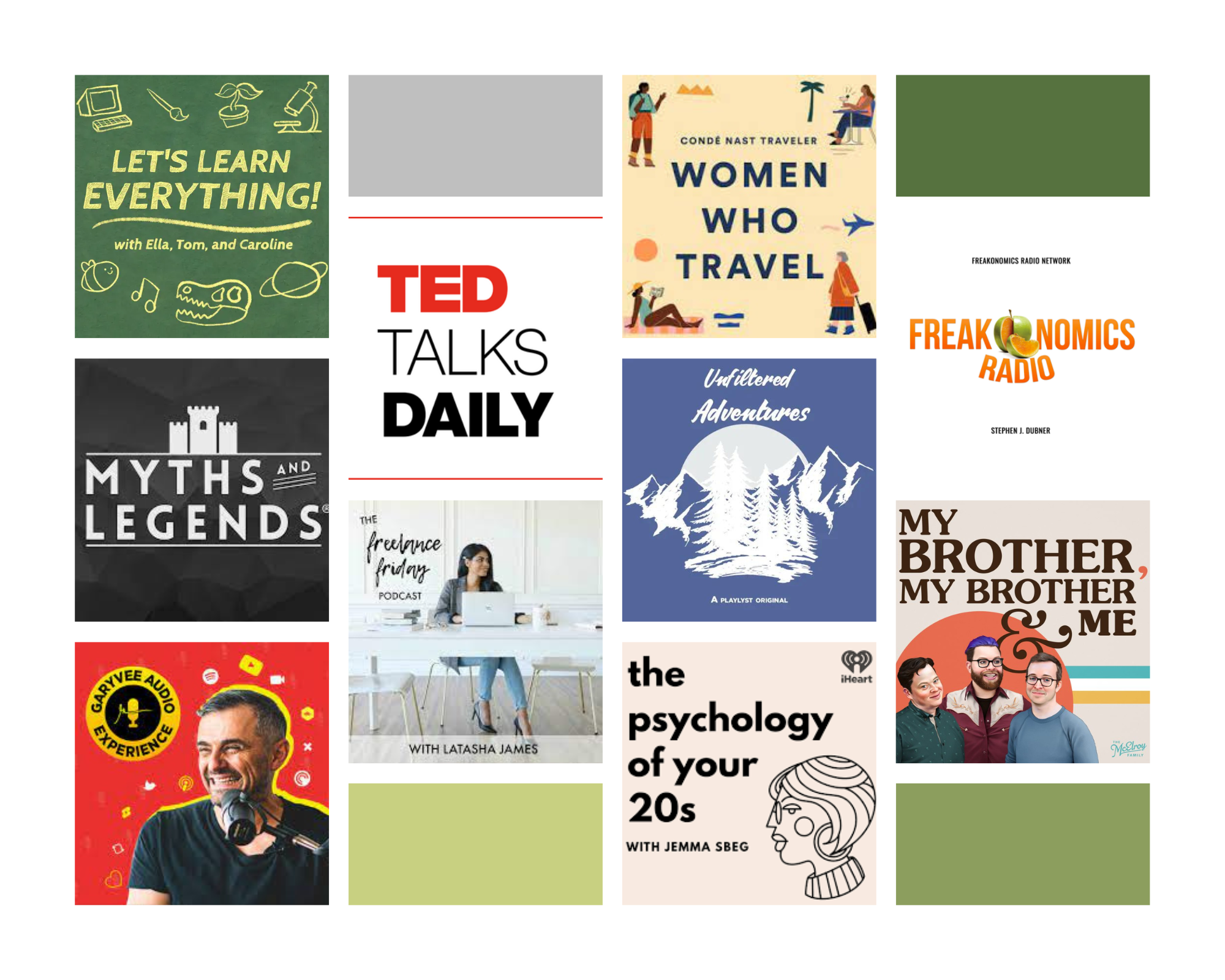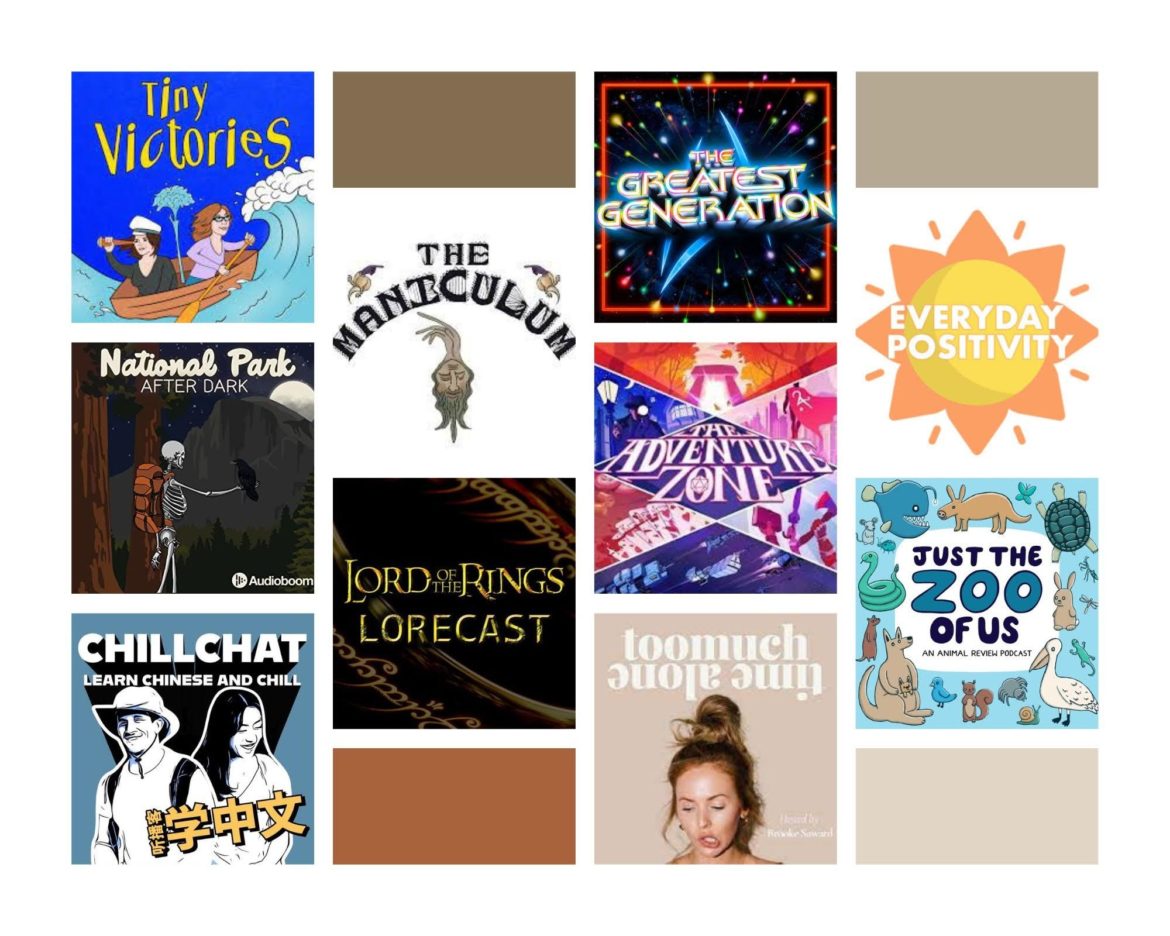Goal-setting techniques are important to use when you want to achieve your dreams. Whether you are setting professional goals or objectives for personal growth, using well-researched methods is more likely to guarantee success. It’s popular to set new goals for the new year, but most people don’t understand how to move past their ideals and into the nitty-gritty, action steps necessary to make progress.
In this article, we will introduce you to various kinds of goal-setting methods and how you can choose the best one according to your personality and your aspirations. Each strategy varies slightly in thought processes and execution. Without further ado, ere are some of the best ways to approach goal setting.
goal stacking

Let’s say that you have 3 main goals for the year: eat healthier, exercise more, and spend more time with your friends. Goal stacking allows you to organize your objectives so you can accomplish more with less effort. As opposed to multitasking, where you do more than one thing at the same time, stacking is the idea of doing one thing that accomplishes many goals. Think “watering two plants with one hose”. While not every one of your goals is going to align perfectly, it’s very likely that you can save a lot of energy by stacking what does.
Without stacking, you would try to meet each of your objectives individually. You might attempt to meal prep, make a gym schedule, and also schedule even more time with your friends. Instead, with goal stacking, you could schedule a basketball or rock climbing session with your friends and go shopping for fresh and healthy cooking materials together afterward. Not only does this save you time, but it also takes up a lot less space in your mind. The more convenient you make your new habits, the easier it will be to stay consistent.
SMT goals

Without a doubt, you’ve encountered the idea of SMART goals before. While it may be true that more Attainable and Realistic goals work in the short term, you are more likely to succeed if your objectives are ambitious enough to push you into a new level of performance. If you don’t set the bar high, you will settle for less than you have the potential to achieve. The more you challenge yourself to excel, the more you will realize that you are capable of much more.
SMT goals are specific, measurable, and time-bound.
Specific – your goal should be simple and clear. You need to be able to imagine each aspect in detail and have an unobstructed image of what it will look like when you succeed. To make your goal more specific, ask yourself the 6 “W” questions:
- What do I want to accomplish?
- Who needs to be involved?
- When do I want to reach my targets?
- Where is it happening?
- Why is this goal important to me?
- Which assets will help me, and which roadblocks can I expect to slow me down?
Measurable – it is crucial that your goals are realistic and measurable so that you can track your progress over time. If you can do this, it will be easier to stay motivated and keep your everyday tasks goal-oriented. As you work, you can examine your progress to refocus and get excited as you get closer and closer to fulfillment.
Time-Bound – every goal should include a timeline. Not only will you have a date set for your goal to be accomplished, but you will also establish checkpoints to stay on track. These stopping points will allow you to rest, reset, and investigate your progress. If everything has been going according to your original plan, then you can set your sights on checkpoint #2. If you want to make a few adjustments to your plan, now is the perfect time. It’s important to focus on achieving your goal according to a timeline, otherwise, you may lose motivation and a clear vision of the end result. Of course, it’s completely normal to be affected by the uncertainties of life, but make sure that you push through as much as possible in order to reach your goal.
backward design

Backward goal-setting is fairly self-explanatory. Also known as reverse planning, it’s a popular technique for those in education or training others. The idea is that you start with identifying your end goal and work back until you identify the next possible steps that will get you there. In general, thinking backward is a great way to think through any situation in life. What is the best possible outcome to your current situation, and how can you get there? What do you have control over, and what might get in the way of you being successful?
This strategy allows for a lot of freedom in your decision-making and everyday planning. Once you decide what your objective is and when you want to achieve it, everything else can fall into place according to your decided timeline. The more specific and clear your outcome is, the higher the likelihood that you will reach your desired result. Look back, and write down each step that you will need to take – working backward to the start. Be careful not to make each step too ambitious, or it will be difficult to see progress over time.
OKR

OKR stands for “Objectives and Key Results”. This goal system is used by many large and successful companies such as Google and Airbnb. OKRs work really well for keeping you in the right direction as you work on short-term goals (short-term meaning around 3 months; adjust to your liking). Here is a formula that can help you set OKR goals:
I will _______as measured by_______.
For example:
- I will spend more time with friends as measured by at least one hangout each week.
- I will lose weight as measured by 15 pounds.
- I will eat more healthy foods as measured by one serving of vegetables a day.
The simplicity of this format makes it really easy to track if you are meeting your goals. You can set new goals every month or so by either redefining your habit or upgrading the objective to something a bit more challenging. Once you feel like you’ve mastered the objective, you are allowed to move on to the next step. If you want to optimize this goal-setting technique, you can share these ideas with your close friends or family to add transparency and purpose to your actions.
BHAG

In contrast to OKR, Big Hairy Audacious Goals (BHAG) force you to think big and plan for long-term success. When we achieve what we once thought impossible, it’s because we started to believe that we could do it. That’s the mindset behind BHAGs – that you can achieve those nearly-impossible goals once you start to understand that they are possible. These kinds of goals are super compelling because they excite you and seem like they are only real in your dreams. You can make those dreams a reality, but it won’t be without hard work.
A big, hairy, audacious goal is a long-term goal that will inspire you to action. You can even set a BHAG as an umbrella goal that supports your everyday habits and monthly stepping stones. When something is that big, however, it can be difficult to articulate exactly what you want to happen and what needs to be done in order to reach your objective. BHAGs span over multiple years and are likely to become a part of who you are at the core. If you do take action and change your habits in order to achieve this, you will change and become the kind of person that actually achieves what they dream of.
Here are 4 ways to approach setting a BHAG:
- Self-Transformation BHAGs represent a core change to your person. This includes changes in your behavior, actions, or even your mindset. Wouldn’t it be wonderful to set a goal of changing your mindset or attitude – and you actually do it? BHAGs make that possible.
- Imitation BHAGs are inspired by a person or a group of people you are inspired by. Imitation is the sincerest form of flattery, right? It’s not a bad thing to want to follow in another person’s footsteps – especially when they have qualities that you admire and want to emulate. This includes career goals and personal achievements (all long-term).
- Challenger BHAGs involve using someone else and their achievements for comparison. While it’s not healthy to compare yourself against something in order to justify dissatisfaction and self-hate, it can be good to use someone else’s achievements as a template for your own.
- Target-Oriented BHAGs are the most common types of goals set. They include having a gigantic ideal (remember, audacious!) that is long-term enough to cover at least a couple of years. You will use your BHAG to set smaller goals along the way, making the objective more and more possible along the way.
WOOP goals

Using the acronym WOOP is another scientifically-backed method of reaching your goals. WOOP stands for Wish, Outcome, Obstacle, and Plan. This strategy makes sure that you are able to consider every part of your objective and plan accordingly. You only need 10 minutes to complete this exercise. Use this template to guide yourself through each step:
Wish: Start by thinking about what you want to achieve, or a wish you have. Is this goal personal, professional, or interpersonal? This objective needs to be important to you, and it can be helpful to identify the reason why you want to achieve this goal. Make sure it’s not a wish somebody else has for you.
Outcome: Now’s the time to examine what you actually want to happen. In the most detail possible, where will you be and what will you have done when this goal is met? What is the best possible outcome? (Don’t opt for an easier, but less exciting dream.) What is the timeline? What will you use to measure your success?
Obstacle: Next, you need to identify the obstacles that are standing in your way. Is there something within you that is holding you back? Don’t focus too much on external roadblocks – those are much easier to handle as you progress. However, it’s crucial to be aware of habits or a mindset that might put you off track. Be as specific as you can.
Plan: Make an action plan for overcoming the obstacle. First, just list one action you can take to get started. Maybe you’ll make a schedule so that you can hold yourself accountable to use your time wisely. Alternatively, you might start adding gratitude journaling time into your day to combat negative self-talk. Whatever works for you, just take the first step. After you’ve identified your plan for the identified obstacle, think about your main wish again. When will you work on this goal? Who do you need to connect with to make progress? What do you need to get started? Start with broad ideas, and get more and more specific as you plan. Before you know it, you’ll have an entire game plan set to achieve your goal.
BSQ

I’m a fan of BSQ, personally. It stands for “Think Big, Act Small and Move Quickly.” You get the advantages of two very different styles of goal setting all in the same plan. Not only are you encouraged to define a long-term goal and its details, but you also identify each small milestone that you need to hit on the way. One foot in front of the other, and so on – that’s how things get done. Remembering to “move quickly” is crucial for the success of this plan; don’t take each of those small steps in slow motion. They are bite-sized so that you can be consistent and build momentum over time. Shavings make a pile.
One of the only downsides to the BSQ tactic is that you have to set your own rules when it comes to defining your goals clearly. As long as you are dreaming big and breaking everything down into bite-sized action steps, you’re doing alright. However, this makes it a good strategy if you are organizing many different kinds of goals. It also requires that you take responsibility for thinking through the specifics of the plan on your own. You can either combine BSQ with another goal-setting strategy on this page (or part 2) or improvise your own.
RESOURCES (books)
- S.M.A.R.T. Goals Made Simple: 10 Steps to Master Your Personal and Career Goals
- Measure What Matters: OKRs – The Simple Idea That Drives 10x Growth
TO BE CONTINUED
In the next post on goal-setting techniques, we will talk about:
- writing your goals down
- using incentives and rewards
- accountability
- restructuring goals
- one-word goal setting
- values-based goal setting
- Locke and Latham’s 5 principles
Looking for ways to stay on track? Click to read 50 Motivational Quotes that Will Help End Your Anxiety Spiral and stay on track with your goals.
Now if you want to leave a comment, here is my question for you:
What are your top 3 best-case scenario goals for 2023? Some possible categories might be health, personal, professional, or financial. Leave a comment below!




Haha, I love all these different ways for accomplishing goals! Thanks for sharing 😊 This year my main goals are to strengthen my relationship with God, Grow my blog, and be creative for fun.
Thank you so much for leaving a comment! I love your goals. Being creative for fun is super rewarding. Having a blog as a creative outlet is great, but sometimes it’s nice to just have fun with painting or something. What is your blog called??